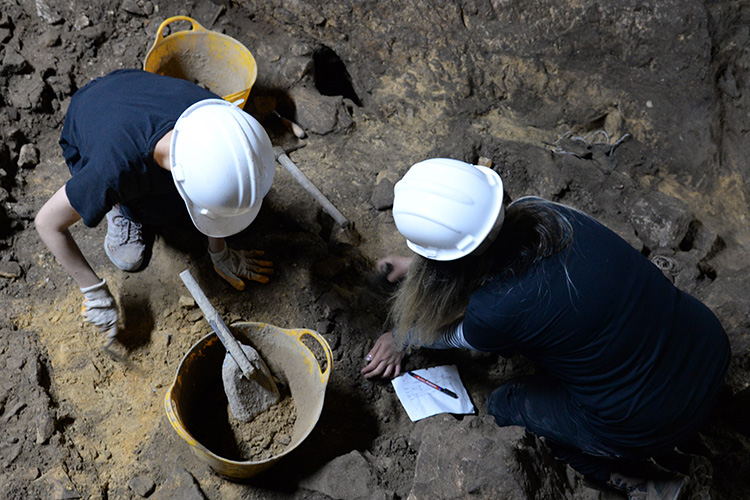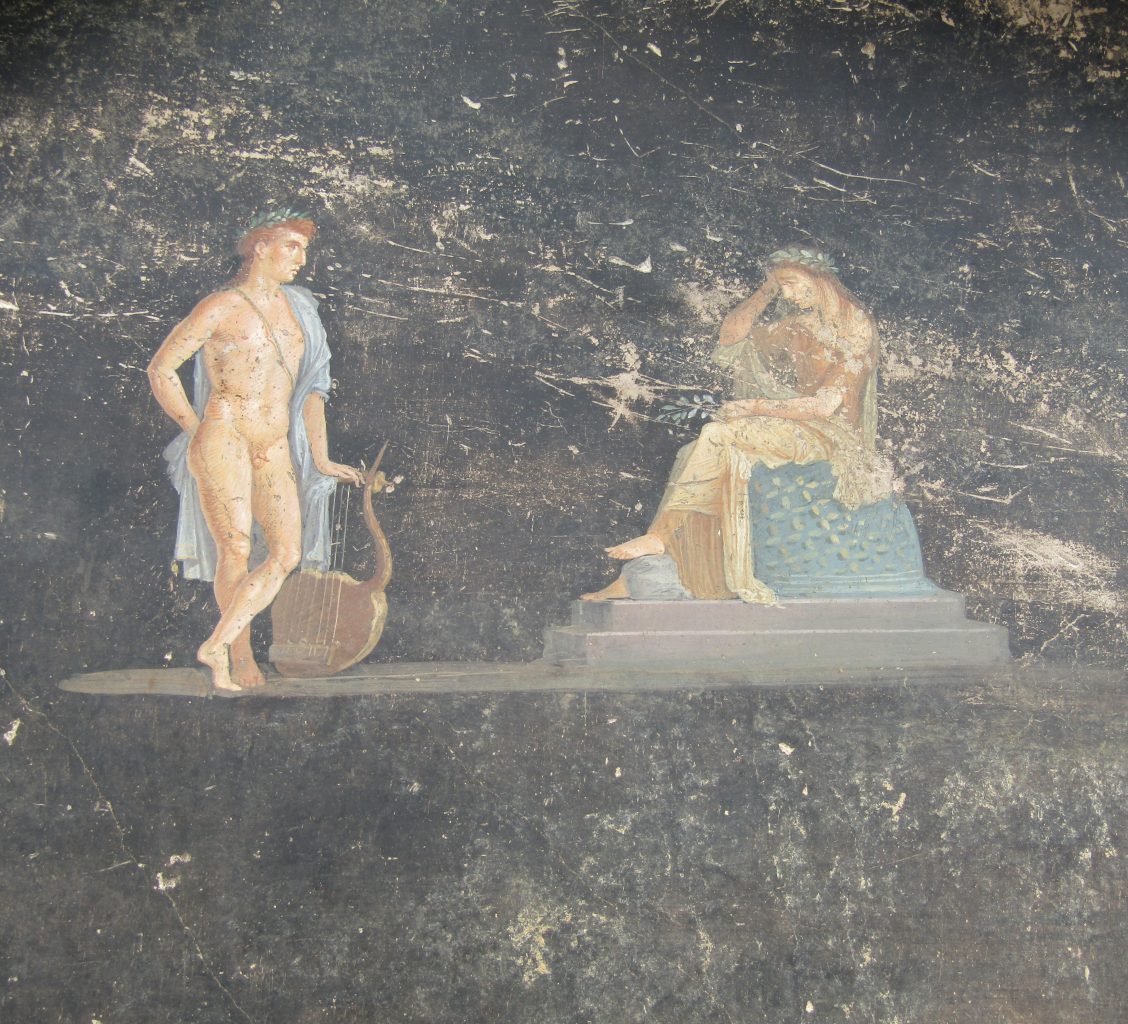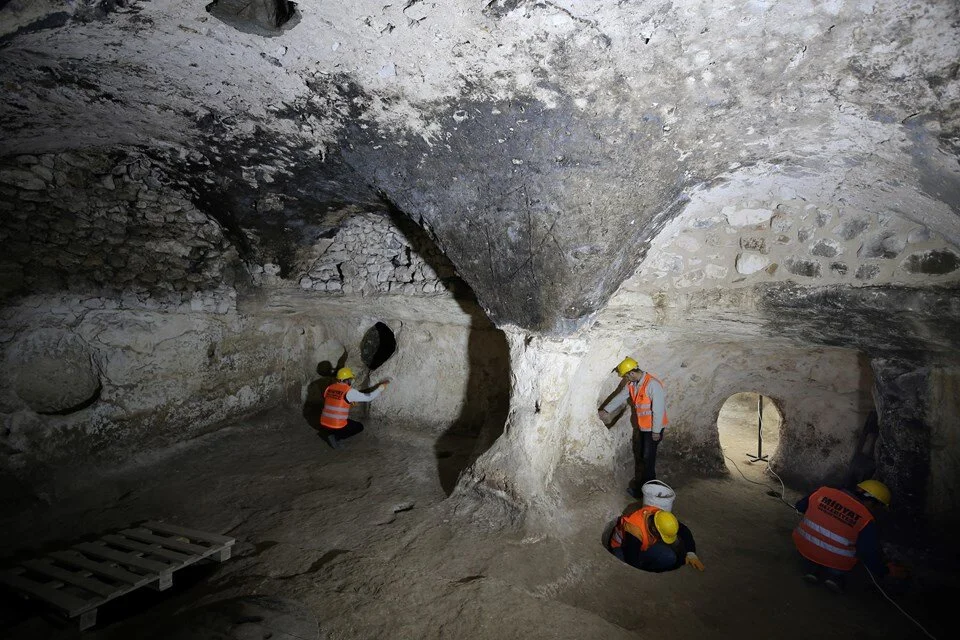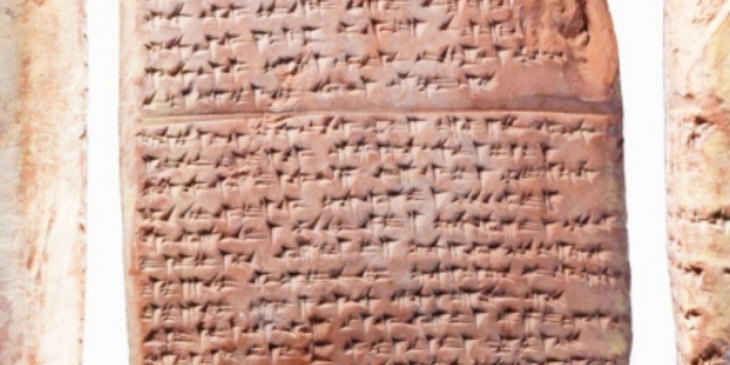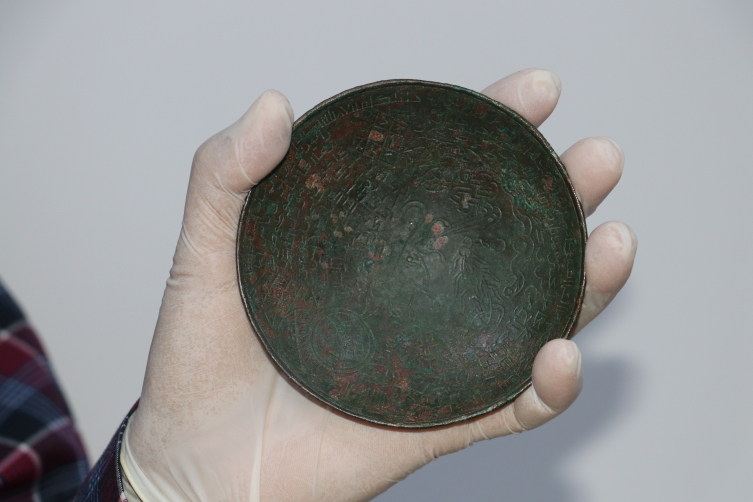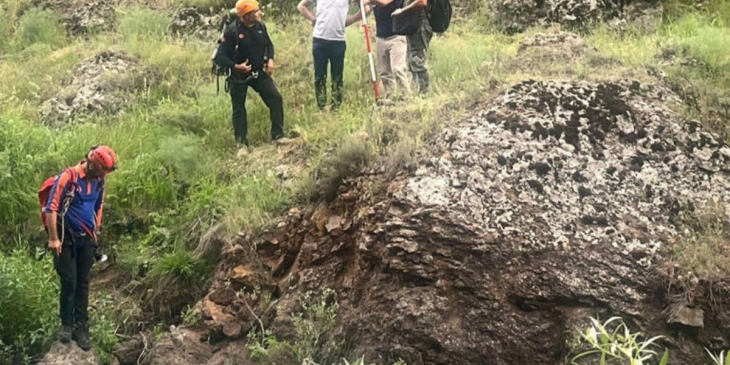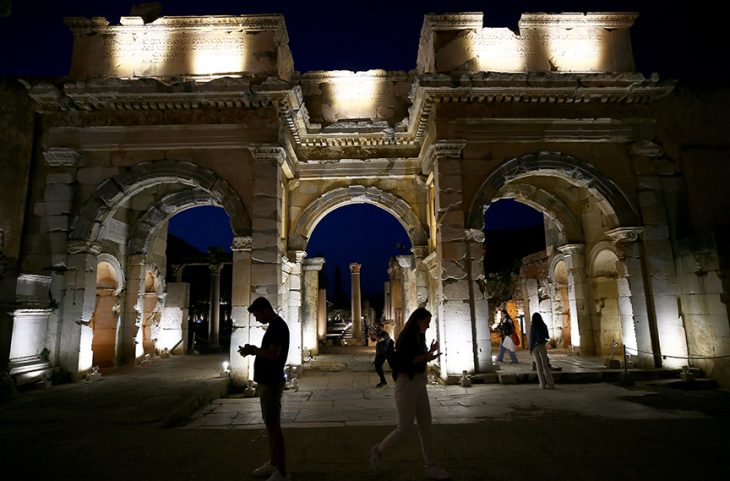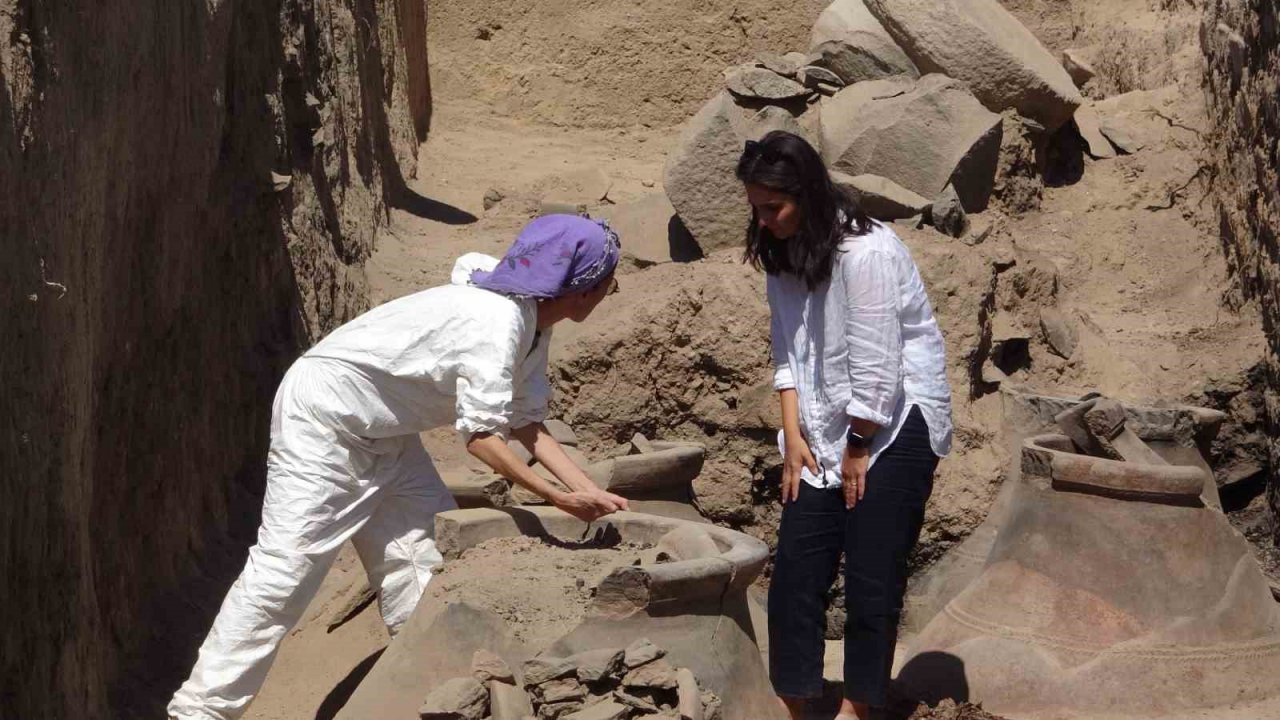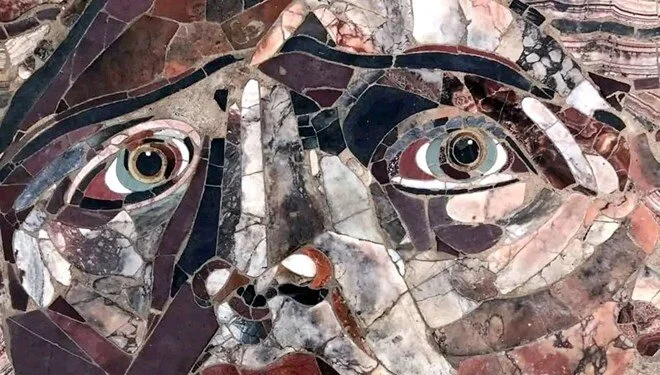The belief in Mitraism, which emerged in the 2nd century BC and was widespread in the Roman Empire and other regions until the 5th century, has many temples in Anatolia.
Mitraism, a Persian religion, is a mysterious cult based on the worship of a sun god named Mithra.
The sun god Mithra is the creator and protector of the universe. He is depicted as the sun god and is often shown slitting the throat of a bull. This symbolizes that Mitra represents the cosmic battle between good and evil and that chaos is defeated through the sacrifice of the bull.
The oldest written source in which his name is mentioned is BC. It is a treaty text from the end of the XIV century. In this treaty, which took place between the Hittite and Mitanni states, an oath was sworn in the name of Varuna, Mitra, and Nasatyas.
Before the popularization of Christianity in the Roman Empire, Mithra gathered a large following, especially among Roman soldiers.
It was also supported by the empire as it emphasized the values of unity, loyalty and sacrifice.
However, with the rise of Christianity, Mithraism began to decline in the 4th century. In the 5th century, when Christianity became the official religion of the Roman Empire, Mithraism disappeared completely.
In Anatolia, one of the most important geographical regions where the Roman Empire established sovereignty, there are temple ruins that have been uncovered to belong to this mysterious belief.
Ancient cities with the ruins of the temple of the sun god Mithra
Dülük Ancient City (Doliche)
Dülük Ancient City is one of the oldest known settlements in the Şehitkamil district of Gaziantep province in Turkey. Dülük, which dates back about 600 thousand years, has been home to many civilizations such as the Hittites, Medes, Assyrians, Persians and Alexander the Great.
Dülük is divided into two main parts, “Ancient City” and “Sacred Area”. The ancient settlement is under the ground in and around Keber Hill, which is adjacent to the north of Dülük Village. The Sacred Area is located on Dülük Baba Hill and contains a temple complex dedicated to Jupiter Dolichenus during the Roman period.

The Dülük Temple of Mitras was unearthed in 1997-1998 as a result of excavations conducted by the Gaziantep Archaeological Museum and the University of Münster in Germany.
It is the first Mitras Underground Temple in Anatolia. Mitras Temple was organized under the coordination of Şehitkamil Municipality and Gaziantep Archaeology Museum.
The opposite ridges of Keber Hill are the necropolis area of the ancient settlement. There are many room tombs carved into the rock. There are sarcophagi with religious and mythological reliefs inside the tombs.
Perge Ancient City
The ancient city of Perge is one of the most important ancient cities in Turkey, located in the Aksu district of Antalya. Perge, which hosted many civilizations starting from the Hittites, became the capital of the Pamphylia region during the Roman period.

A Mitraeum with a marble votive stele was unearthed near the city. It is understood that the cult area with an arched entrance was carved into the rocky wall. The marble votive stele with a relief depicting the canonical bull slaying scene also bears an inscription dating to the 2nd century AD. The inscription states that “Marcus Lucius Crispus hospitably offered an offering to Helios Mitras with his children for the consultation and public assembly of Perge”.
Zerzevan Castle
Zerzevan Castle is a historical building and military settlement located within the borders of Demirölçek neighborhood of Çınar district of Diyarbakır province in southeastern Turkey.
It was built by the Eastern Roman Empire in the 4th century BC as a military base at a strategic point on an important trade route. It was actively used until the 7th century.
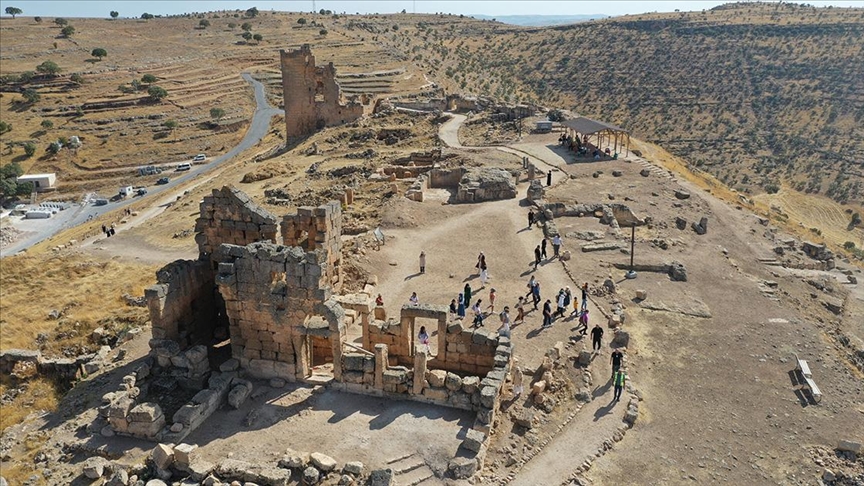
During excavations at Zerzevan Castle, the main entrance gate of the 1,900-year-old underground temple of the Mithras religion was located.
During excavations at Zerzevan Castle, the main entrance gate of the 1,900-year-old underground temple of the Mithras religion was located.
Carved into the bedrock underground, the temple has columns, niches and a beam crown motif on the east wall. A water basin carved into one of the niches in the cave and a pool connected to it by a channel through the wall are also among the finds in the cave. Also discovered in the temple are four symmetrical animal hangings on the ceiling, probably used in animal sacrifice rituals.
The Temple of Mithras is the last Temple of Mithras in the world.
Cover Photo: Investiture of Sassanid emperor Ardashir II (3rd century CE bas-relief at Taq-e Bostan, Iran. On the left stands the yazata Mithra with raised barsom, sanctifying the investiture. Wikipedia




